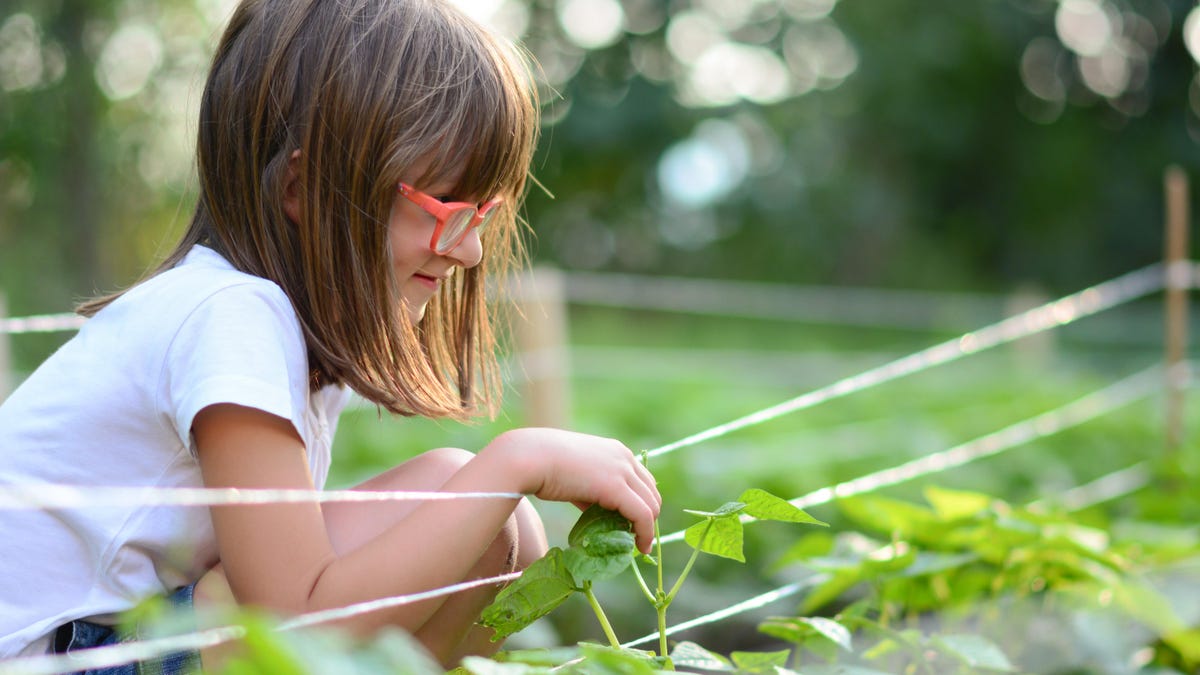Allie's Christmas Pudding Chronicles: Soaking the Fruit
Steaming a cake and setting it on fire five weeks later sounds so fun: What could possibly go wrong?


Credit: Photo: Allie Chanthorn Reinmann / Credit: Bob Al-Greene
I’m not British, but I am interested in some of their Christmas traditions. The most fascinating one for me is the Christmas pudding. Making wishes while you stir a cake made of bread crumbs, liquor, eggs, and dried fruit, steaming it, and then setting it on fire five weeks later—now that is an event. Somewhere Jesus is probably involved, but I can't be bothered with that. This year, I’m making a Christmas pudding, and I’d love for you to join me. Welcome to the first installment of my six-part Christmas Pudding Chronicles.
I know, Thanksgiving hasn’t even happened yet, so why write about a Christmas pudding now? Well, part of the wonderful weirdness of this mahogany-hued dessert is that it’s traditionally made on the last Sunday before advent. In heathen terms, that’s the Sunday after Thanksgiving (or five Sundays before Christmas, if that helps). It’s not made in advance for party prepping, and it’s not frozen. It’s just stored at room temperature for a very long time, and optionally gets anointed with brandy once a week. I’ve decided to call this process “curing the cake,” but we'll cross that pond later. Normally the pudding is made on Sunday, which means weekly care happens on Sundays, but in order to procure the ingredients, test the weekly steps, and tell you my observations, I think now is the best time to start. On Saturdays, I’ll tell you about what I did, and the tools or ingredients I needed, and you can take care of your pudding on Sundays.
Why make a Christmas Pudding?
I have a penchant for pursuing desserts that are unusual to me. It’s part culinary curiosity, and part thrill without much risk. The worst thing that can happen is I waste time on something that tastes terrible. The best thing is that I fall in love with the food and the process, maybe discovering a new holiday tradition for me and my household. I’m not repulsed by dried fruit, so the odds are in my favor.
How do you do it?
Christmas pudding (also called plum pudding, or figgy pudding) is a process, and that’s part of the fun. You mix it up and steam it on “Stir-up Sunday,” which will be next Sunday (after Thanksgiving). Then you store it. This is pretty inactive of course, but I plan on doing the optional “feeding.” Once a week, I will feed my pudding a few tablespoons of brandy. Besides the minor pleasure of taking care of a pet pudding, this should add flavor and moisture to the cake, and allow me to check in on how it’s curing. When Christmas finally shows up, the pudding is steamed again to heat it through. Then it's treated with a momentous brandy flambé for serving.
Week 1: Soak the fruit
Since I don’t have a family recipe to go by, I’m using Nigella Lawson’s Ultimate Christmas Pudding as my North Star. She’s a British person, for one thing. I appreciate her eating style as well as her approach to cooking, and I trust her to feed me. She seems like the type of person who would crush an entire cheesecake with me, and then we’d “need something salty.”
In her recipe, she suggests soaking the dried fruit overnight, or for up to a week. We’ll be soaking a combination of currants, sultanas, and prunes in sherry. Her recipe is listed in grams, but I’ve also included cup measurements if you don’t have a scale (but you should really get one). I found all of my dried fruit in the local ShopRite. Sultanas are usually labeled as golden raisins in the United States, or sometimes “sultana raisins.”
I did have some trouble locating Pedro Ximenez sherry, which specifically uses the eponymous grape. The liquor store in my part of Brooklyn carries a single sherry, so that’s the one I used. Since I’ll be feeding my pudding brandy later, I figure I’ll splurge on a quality brandy for next week. If you don't partake in alcohol, you can still have a fine pudding. Substitute the booze for an equal amount of any fruit juice you like.
Ingredients:
150 grams (1 cup + 2 tablespoons) currants
150 grams (1 cup) golden raisins
150 grams (1 cup) roughly chopped prunes
175 mL (¾ cup) Pedro Ximenez sherry (for a non-alcoholic substitute, use juice)
Chop the prunes into quarters, and mix them with the other ingredients in a container, or a zip-top bag. Cover the container and set it aside overnight or up to a week.
I have been stirring my fruit once a day, and I’ll continue doing that until I’m ready for “Stir-up Sunday.” Technically, that’ll be Wednesday or Thursday for me, but if you’re taking care of business the traditional way, soak your fruit a bit before next Sunday.
Next week’s edition of Christmas Pudding Chronicles is steaming day. I know I’ll need a big wide pot with a lid, some foil, and a bowl that can hold about six cups of batter. I’ll clue you in on what works and what’s awkward. Until then, get soaking.

Allie Chanthorn Reinmann
Staff Writer
Allie has been Lifehacker’s Food Writer since 2021. She earned her bachelor’s degree at Ithaca College in drama and studied at the Institute of Culinary Education to earn her diploma in Pastry and Baking Arts. Allie worked professionally as a private chef for over a decade, honing her craft in New York at places like Balthazar, Bien Cuit, The Chocolate Room, Billy’s Bakery, and Whole Foods. She spent evenings as a chef instructor, and also earned a master’s degree at Hunter College for teaching English. Allie’s YouTube channel, Thainybites, features recipes and baking tricks. She lives in Brooklyn, NY.

 Lynk
Lynk 


































